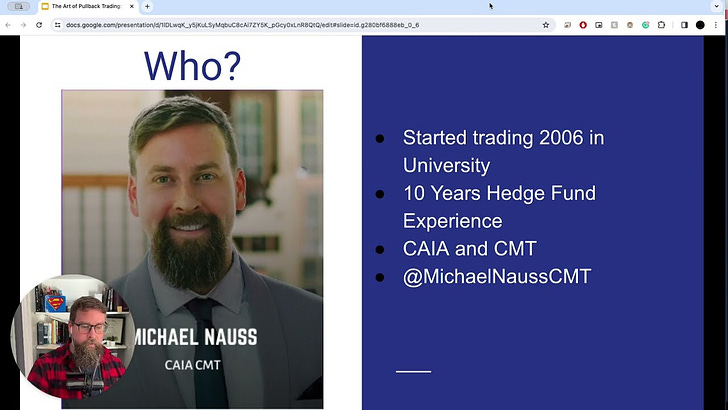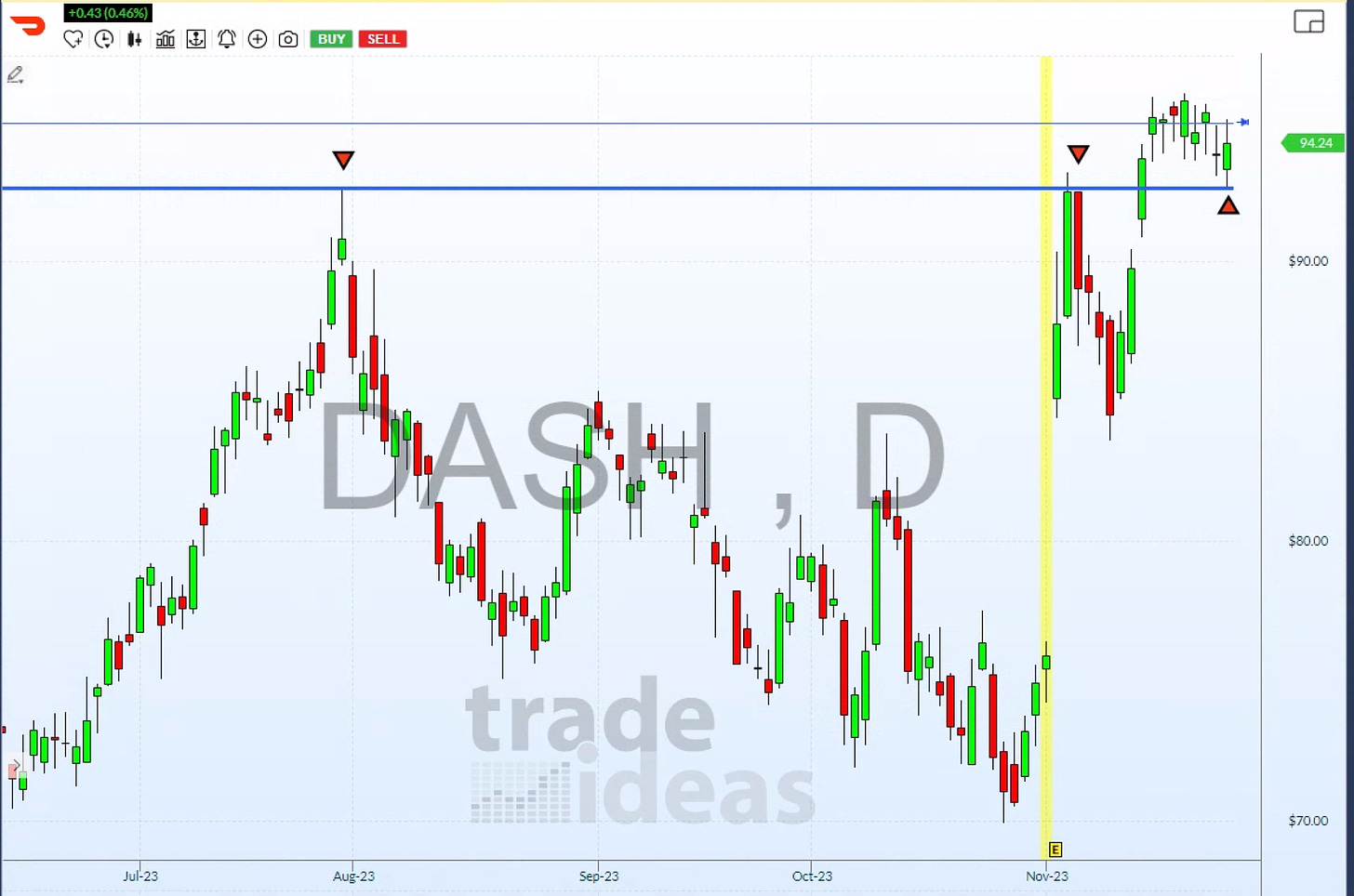Pullback trading can be an extremely effective way to trade trends and capitalize on momentum, especially when markets are strong. In this comprehensive guide, we will explore everything you need to know about pullback trading, including key strategies, tips, and the best tools to use.
www.trade-ideas.com and use StatsEdge25 for 25% off!
What is Pullback Trading?
Pullback trading involves identifying an established trend and then looking to buy dips or pullbacks within that uptrend. The goal is to get long at suitable points to ride the overall momentum.
As famous trader Ralph Acampora says: "The trend is your friend until the bend at the end."
So, pullback trading allows you to stick with friendly trends while getting better entries.
Why Trade Pullbacks?
There are a few key advantages to trading pullbacks versus other entries:
Tighter stops: You can place stops just below recent swing lows
Better entries: Potentially get better prices than chasing breakouts
More time: You aren't rushing to chase moving stocks
The main cons are that you may miss some breakouts, and you are trading against very short-term momentum when buying dips into uptrends.
Pullback Trading Strategies
There are two main types of pullbacks I look for when trend trading:
1. Anchored VWAP Pullbacks
Volume-weighted average price (VWAP) represents the average price weighted by volume over a specified timeframe. It can act as solid dynamic support in trends.
The steps for trading anchored VWAP pullbacks are:
Identify the trend and anchor point (swing point, earnings gap, huge volume spike)
Draw an anchored VWAP line from an anchor point
Look for test/pullback to anchored VWAP as a buying opportunity
When the pullback holds anchored VWAP, that signals more upside momentum.
Above: ENVX pulling back to anchored VWAP dynamic support
2. Former Resistance Flip
Also known as polarity, this means waiting for upside breakouts and buying pullbacks to old resistance zones that flip into support.
The logic is:
The area attracted a lot of sellers as prior resistance
Breakout signals failed breakdown
Pullback allows sellers to flip positions and offers second chance long
For swing trading and investing, this is my absolute favourite setup. It defines risk neatly while trading in the direction of momentum.
Above: DoorDash (DASH) pulling back to resistance flip support
Tips for Trading Pullbacks
When looking for ideal pullback trades, keep these tips in mind:
Define the trend - What constitutes an uptrend to you on your timeframe?
Use multiple timeframes - Zoom out to see the bigger trend, then trade pullbacks on an intraday chart
Wait for confirmation - Don't anticipate; let price action confirm the support bounce
Manage risk - Use stops under support zones in case pullback fails
With pullbacks, you are trading against very short-term momentum, hoping that longer-term momentum will prevail. This means you must employ solid risk management in case the dip buyers don't appear in force.
Tools and Scans for Pullbacks
I use Trade Ideas for its awesome pullback scans. It has prebuilt scans that identify anchored VWAP and polarity setups automatically.
For instance, the Anchored VWAP Pullback scan shows stocks pulling back to anchored VWAP dynamic support levels on various timeframes.
The platform also allows you to draw/anchor VWAP lines on any chart with one click. This makes it easy to visualize ideal support to buy against.
On top of that, Trade Ideas has a full suite of technical analysis tools, from indicators to AI analytics to options and backtesting.
New users can save 25% off their first month with promo code: STATSEDGE25
I couldn't pull off effective pullback trading across large watchlists without the automation and speed Trade Ideas provides. The platform makes pullback analysis fast and efficient.
The Bottom Line
Pullback trading allows you to buy dips within established uptrends. This enables solid risk management since recent swing lows provide clear stop areas.
By mastering pullback strategies, you can avoid chasing extended stocks and instead, look for high-probability entries to ride upside momentum. Just remember to define the trend properly on your timeframe and wait for confirmation when buying pullback support tests.
What questions do you have about pullbacks? Leave them below and let's keep the discussion going!






